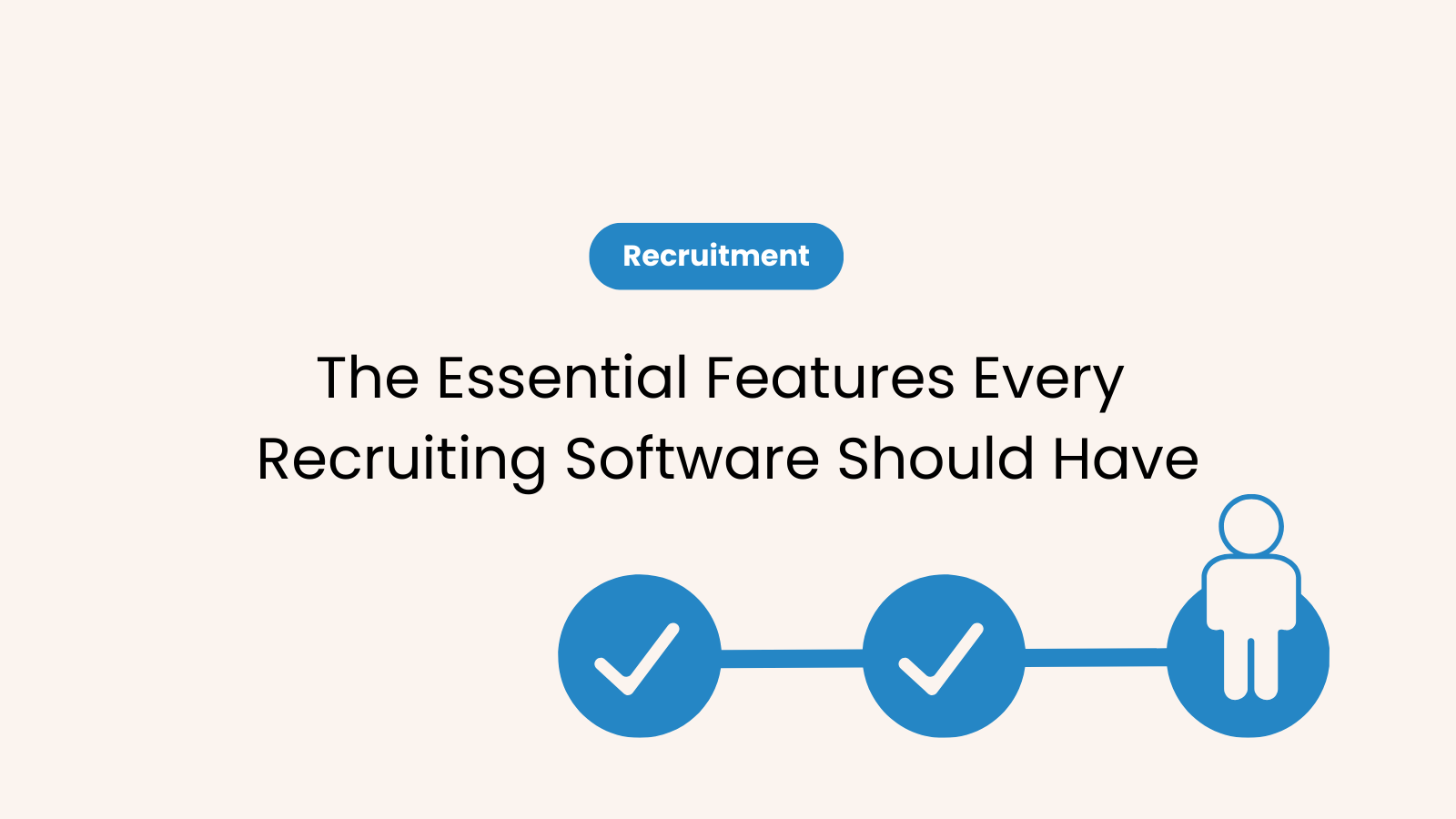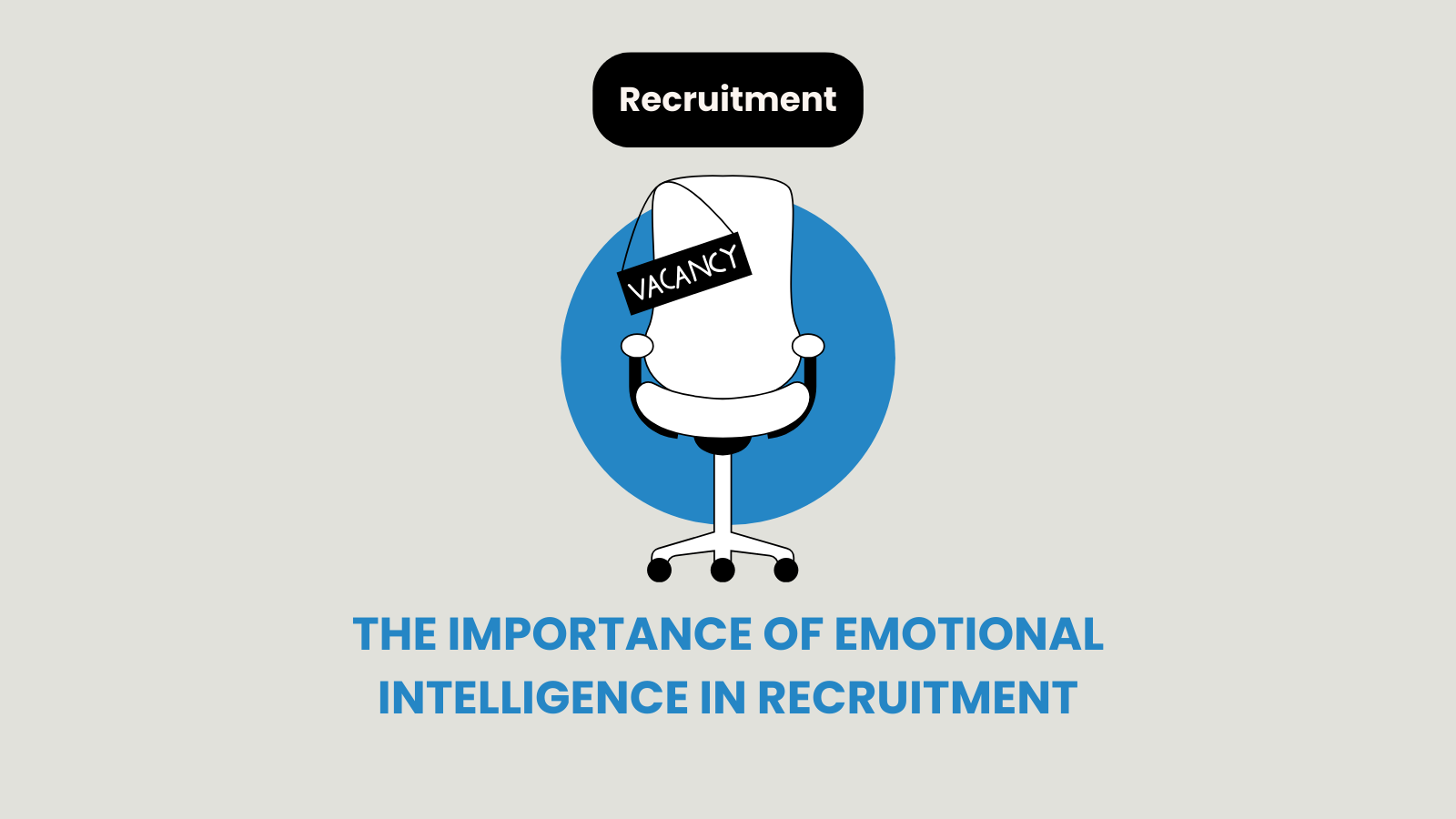LIFO rule, or otherwise known as ‘’Last One Hired is the First One Fired’’ method is used in prioritising layoffs based on seniority. Application of the Last In First Out policy tends to put young people at a disadvantage, as they are the ones with the least tenure.
What is Last In First Out?
LIFO definition – A selection method of employees for redundancy based on the length of their service, with those who have the least service being laid off first.
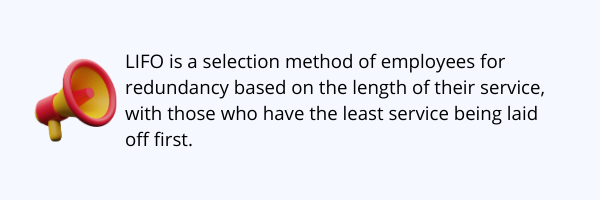
The seniority-based layoff principle is often the first one used when it is time to cut back. Downsizing requires some, or, in the worst-case scenario, many employees to be laid off, so the Last In, First Out method is regarded as a ‘safe’ option for doing so.
Anyhow, try not to apply it as a sole downsizing tool. If you use it a ‘blunt instrument,’ this approach is likely to result in claims of unfair dismissal. Consider different factors alongside to make sure your selection criterion isn’t discriminatory:
- Be objective
- Demonstrate that the use of the LIFO method is justified
That way, you avoid accusations of indirect discrimination on the grounds of age and sex.
Effects of Last In First Out layoffs
We can help you gain another perspective when it comes to being laid-off. Downsized employees have been recruited for a very long time, as their layoff has nothing to do with underperforming.
Talent acquisition professionals will hire you sooner than you can hope for. While being laid-off is never easy, you will have a better understanding of the downsizing decision if you consider that companies apply LIFO methodology as the safest.
Usually, layoff decisions are driven by a variety of different methods. However, LIFO is often seen as the most appropriate one, as it is defensible in court. The application of this method reduces the possibility of litigation.
Despite the fact you were the one targeted to be let go first because of the short period of time spent in the company, the actual decision wasn’t made based on your performance. It is more likely you were undervalued, so hold your head up high.
Drawbacks of the Last In First Out
The LIFO selection method is disproportionately affecting a particular sector of your workforce, the younger workers who have been taken on last, and it is therefore discriminatory.
Unless you can prove that the application of the LIFO method of selecting is objectively justified, it is highly unlikely to be valid. Similarly, you risk trouble if you make some of your most recent recruits redundant and hang on to others. To play it on the safe side, you need to have additional criteria also discussed in the consultation process that justify the difference in treatment.
For example, you might decide to make people redundant on the Last In, First Out basis, unless they have successfully completed the training program. LIFO rule is also likely to be discriminatory if it affects those in your workforce of a particular gender, race, sexual orientation, religious or philosophical beliefs, or disability.
Be aware that these criteria also fall under the Employment equality legislation.
Recruiting done right
The point of this strategy is to recruit wisely, choosing the ones that possess the skillset you need and who are the best fit for your company’s culture. During the process of hiring, ask yourself: Are they right for us, do they have suitable skills and will they make an excellent addition to our team?
Ideally, you will find someone who reflects those aspects soon enough. Another way to make sure you are on the right track when it comes to hiring smart is to check their references, rather than to follow your gut. Instincts play a significant role in the hiring process; however, other indicators are included, as well.
Ask about their previous working experience, learn about the objections they have with the former employer, and find out about their personal, as well as professional goals. When you take someone on board, they will grow with your company.
This is precisely the reason why you need a good mistake-proof system when recruiting new team members, together you will grow and make each other better. If you fail to do so, you might need to fire an unfit employee earlier than expected. On a positive note, there is a way to avoid letting go of your employees and attracting new ones as well.
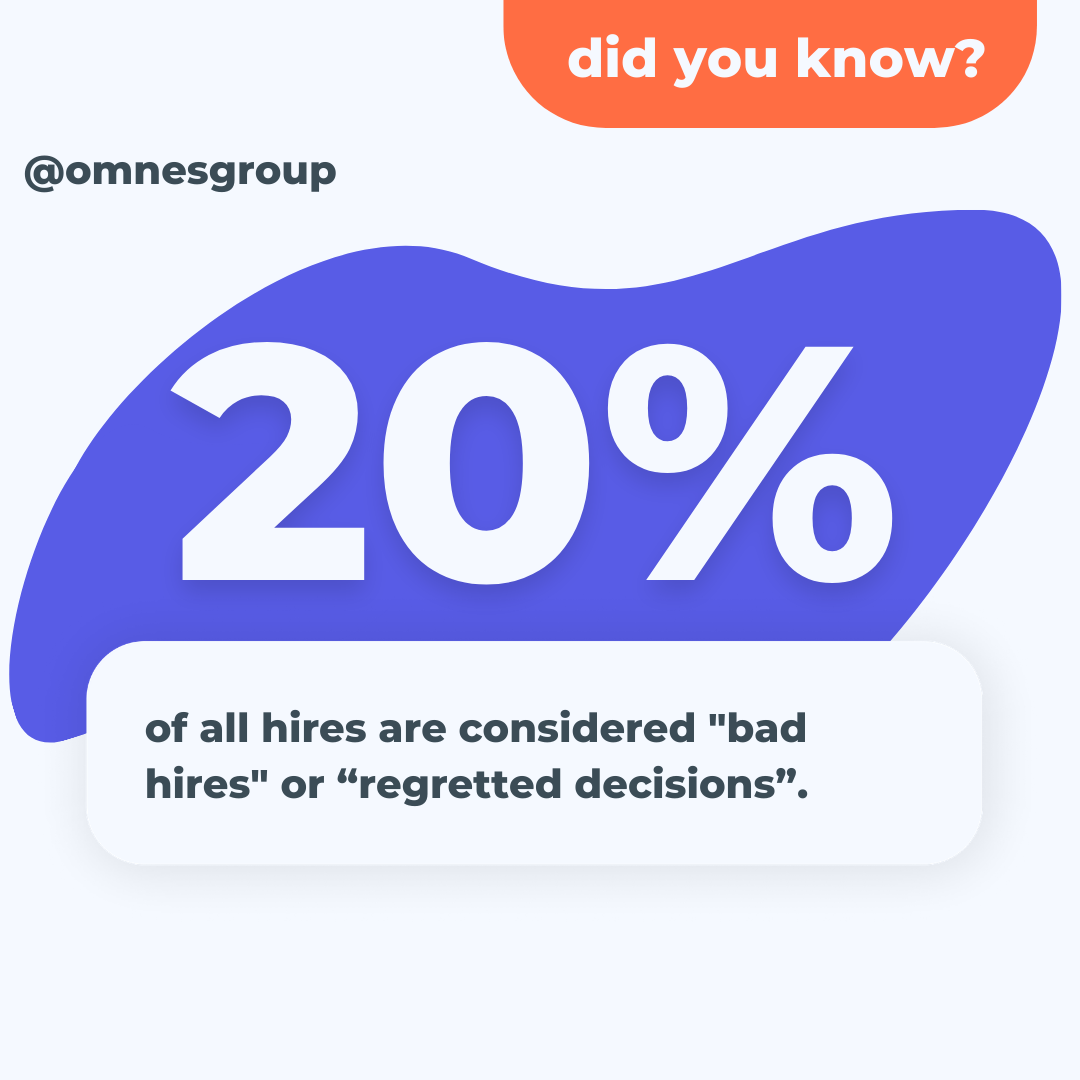
Let’s talk about other ways to recruit new candidates. It doesn’t always mean breaking the bank. There are plenty of alternatives you can offer to your candidates, rather than merely compensating in salary. Make the offers more appealing to job seekers considering new opportunities. Some non-monetary perks can be as equally attractive.
Exploring their motivators, whether that is the flexibility to work from home or cutting the commuting time in half, can be just as motivating.
Redundancy selection
Assessing the most appropriate candidates to let go can be especially difficult. When making a selection for redundancy, an employer should apply particular selection criteria. This process includes reasonable facts applied in a fair manner. To avoid unfair dismissal, stir clear from the custom and practice of the Last In, First Out, and your employees selected for redundancy won’t feel that they were unfairly selected.
Another example of bad practice is when you do not follow the procedure set out in the contract of employment. Apart from using the Last In, First Out system, explore other options and possibilities:
1. An alternative method in both individual and collective redundancies is self-selection. Employees may volunteer themselves in exchange for certain benefits.
2. Talk to your employees one-on-one, taking an interest in their personal reasons. Learn about what they need, try not to act like a boss, but a mentor. Sometimes, it can be a case that your employees lack motivation. Take the lead and try to turn things around.
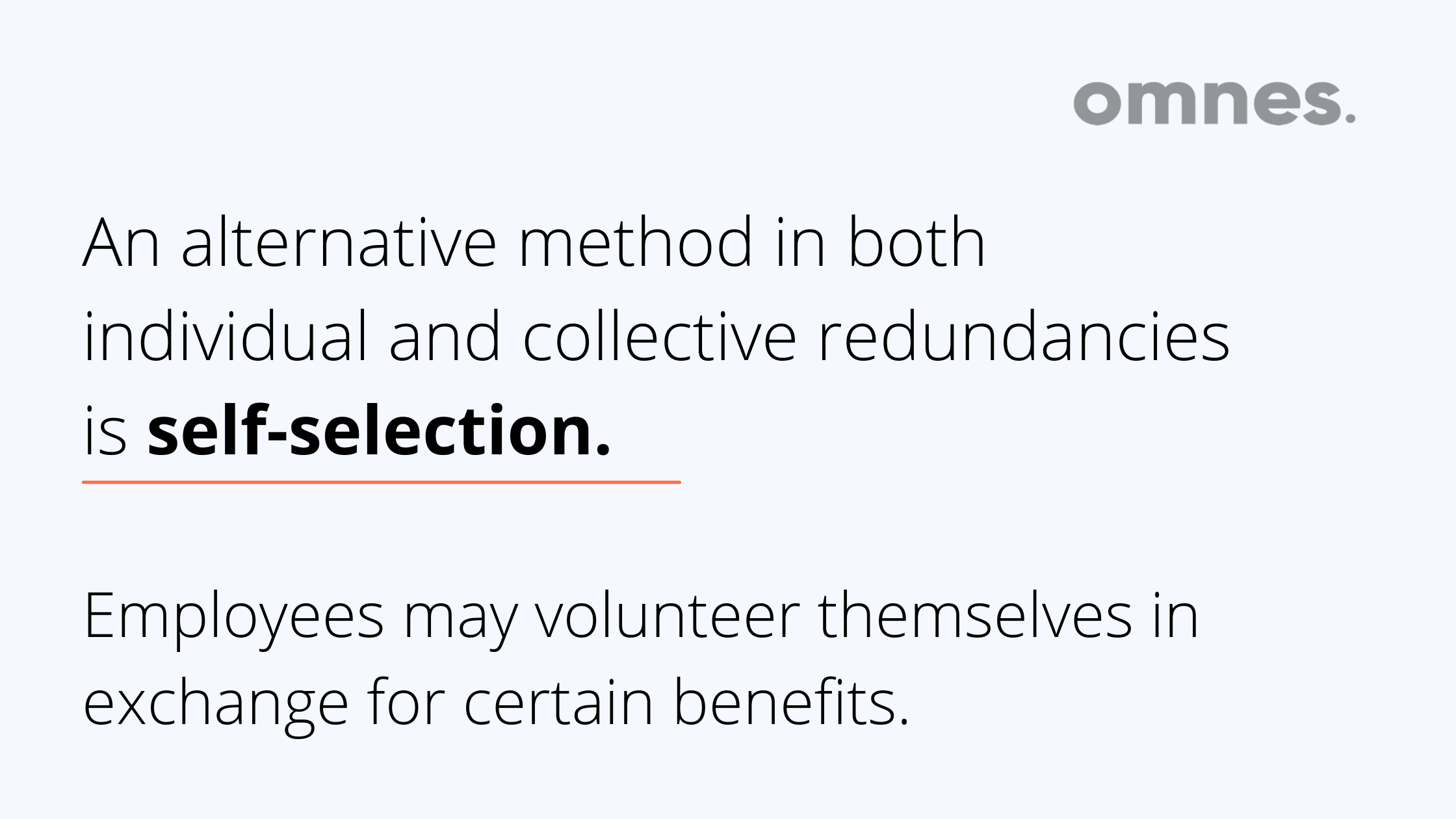
Other times, the situation can turn out to be more complicated than initially assumed, and if that is the case, we are afraid you might have a problem on your hands. No matter how good the selection process was, from time to time, it can occur that your employee has fallen off the right track. If you find out there’s a pattern in poor behavior, you will have reasonable grounds to suspect they might be slacking, or they are stuck in the further development process.
3. Document everything, from not meeting a deadline to not living up to your expectations. More severe cases would include not respecting clients and not delivering in general.
If you have everything documented, and you have given them some time to change the things around, and if you know that simply won’t happen, it is time to let them go. Do not leave them blindsided. Give them notice or pay leave of notice if you want to let them go immediately.
The proper way to lay off someone
Let’s address the elephant in the room, firing. Unfortunately, sometimes you will come to the point of letting an employee go.
When is the time to let someone go from your company? How to do it the right way? These are the questions that torment business owners on many occasions, no matter how good the hiring process was. For some reason, the employee has become a low performer, or we are talking about the ones who cost too much. Obviously, you need to protect your company. The rest of your team will understand.
When you have reached your final decision, avoid delaying it. First of all, protect the dignity of your soon-to-be former employees by talking to them in person; presumably, they aren’t remote. To avoid any misunderstandings, keep your communication precise at all times. Don’t beat around the bush, don’t give false hope, don’t leave any grey areas, make sure they understand it is final.
State your reasons, but don’t get too involved. Do it directly and gracefully. Even if they are unsatisfied, you can’t go wrong speaking the truth and showing them the respect that they deserve. Let them know they have made an impact on your business and that they made a difference in the workplace.
Struggling with downsizing your company? Reach out to us for consulting services.
Being laid off can be quite tricky, but don’t take it personally. It is a result of the economic state we are all in, especially IT startups, which are facing even more challenges than the other already grown businesses. Other environmental factors might be included too. Try seeing this as an opportunity to refocus and grow. Follow this guide, and recruiting agencies will come to you!


